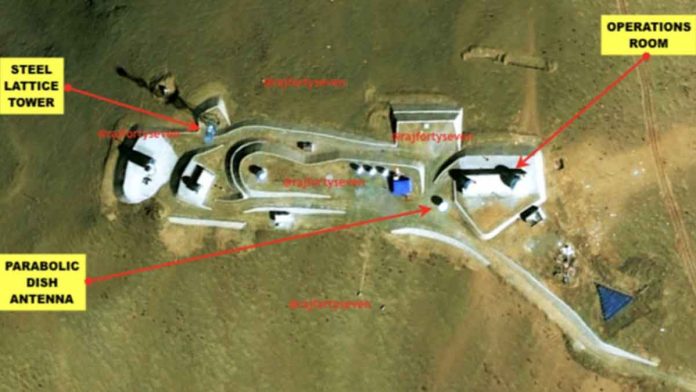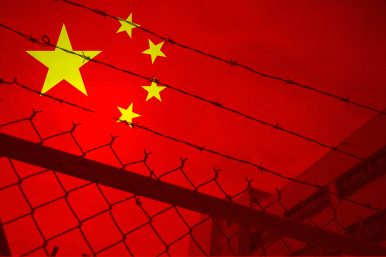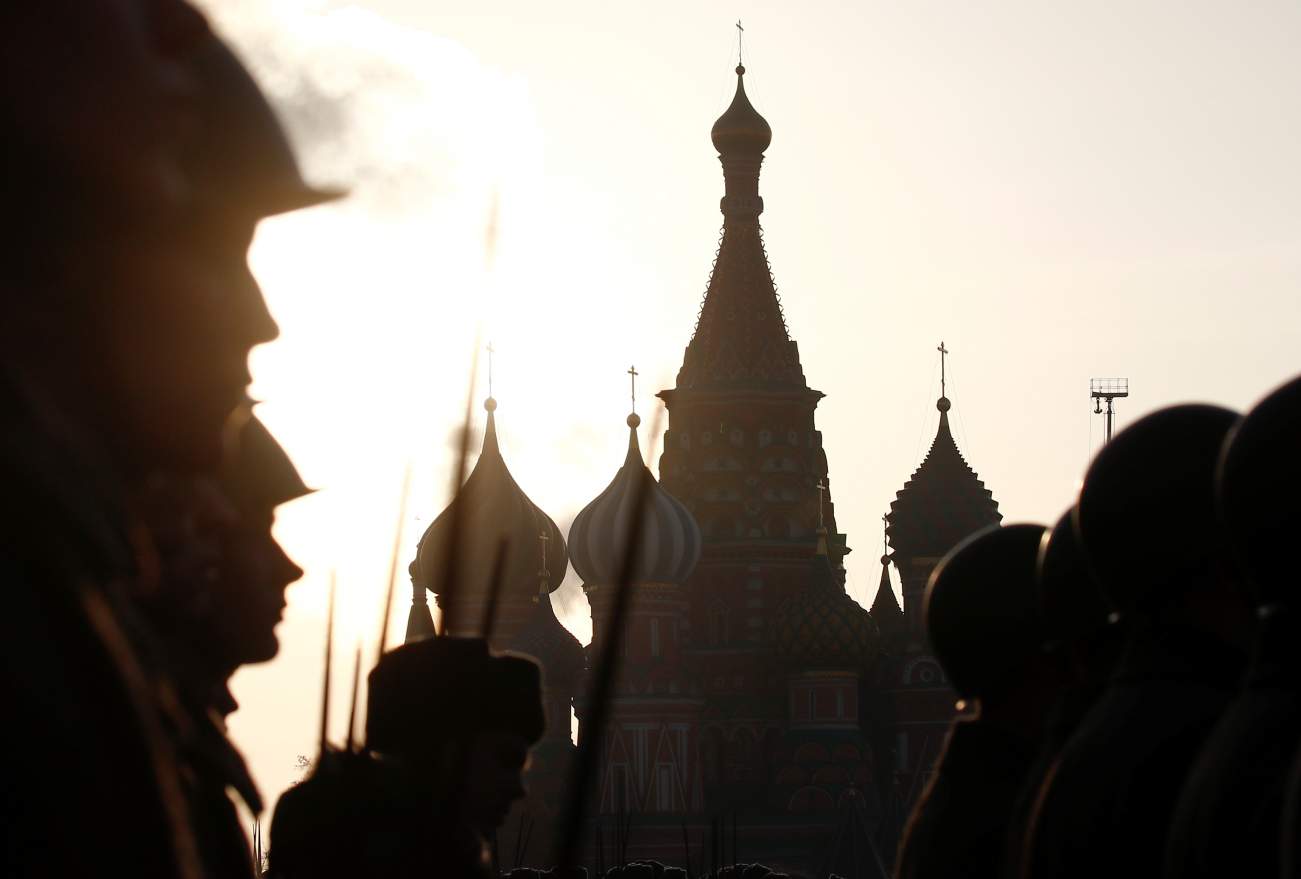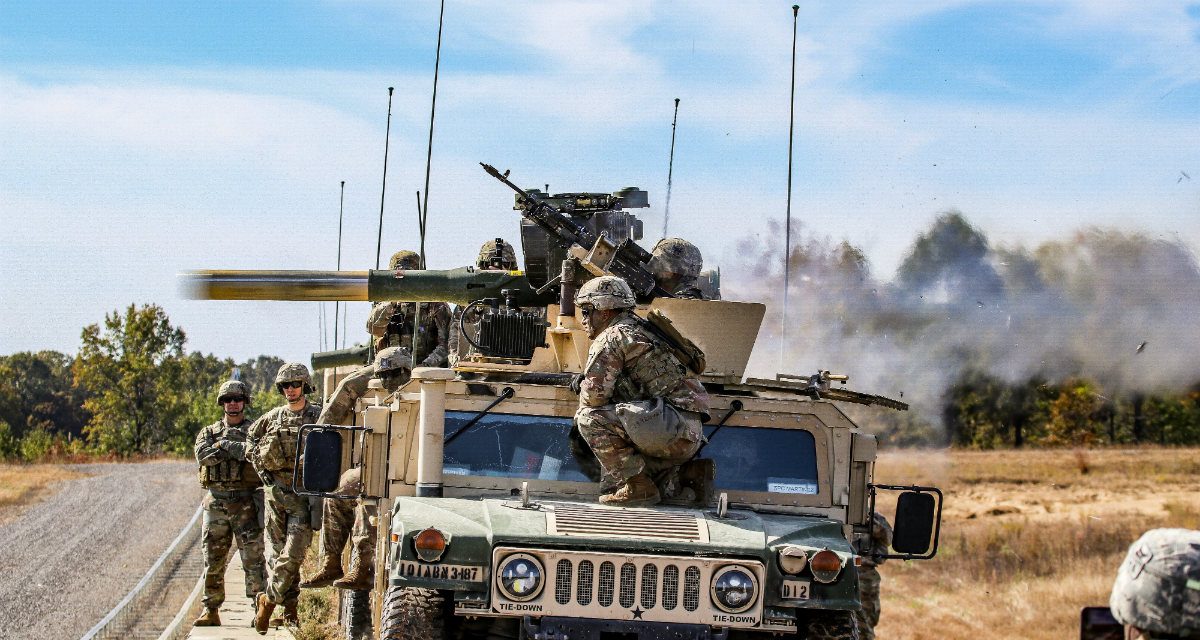 The move was reportedly prompted by the perceived threats to coal mine projects in the China Pakistan Economic Corridor which have been facing stiff resistance from locals in Pakistan. China is reportedly unhappy over the Pakistani Army’s alleged inability to ensure the safety of the project despite repeated assurances.
The move was reportedly prompted by the perceived threats to coal mine projects in the China Pakistan Economic Corridor which have been facing stiff resistance from locals in Pakistan. China is reportedly unhappy over the Pakistani Army’s alleged inability to ensure the safety of the project despite repeated assurances.
New Delhi (Sputnik): China has deployed a contingent of the People's Liberation Army (PLA) to the Thar region of Sindh province in Pakistan which is about 90 kilometres away from Pakistan's international border with India. Indian television channel Zee Newsquoted a senior intelligence officer saying that Indian forces had noticed the movement of Chinese troops close to the border.
"The Border Security Force (of India) deployed at the India-Pakistan border has also noticed the movement of Chinese troops close to the border. It seems that due to the opposition of Chinese projects by locals in Sindh and Balochistan provinces, China has deployed its PLA," the intelligence officer told Zee News.





 Satellite view of NGARI Space tacking station | Col. Vinayak Bhat (retd)
Satellite view of NGARI Space tacking station | Col. Vinayak Bhat (retd)











